As the senior population grows, the demand for accessible prefab homes rises. Here are key considerations to ensure seniors can live comfortably and safely in new, modular residences.
ADVERTISEMENT
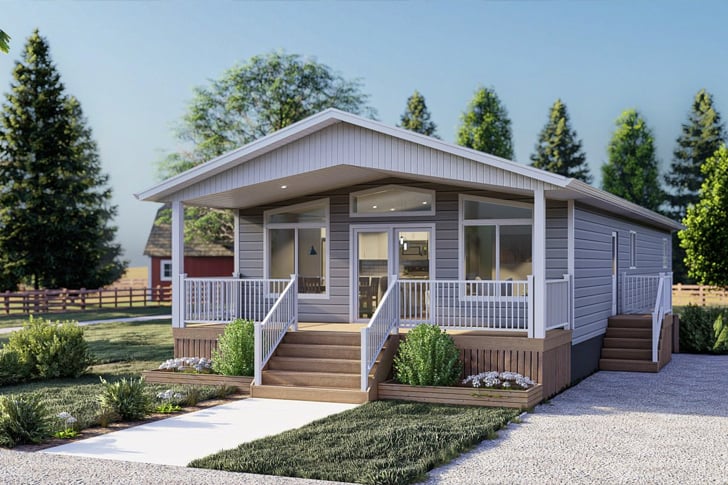
Prefab homes have numerous benefits, making them an excellent choice for seniors. They are cost-effective, customizable, and quick to build. This flexibility ensures that the unique needs of seniors can be accommodated from the start.
Ensuring the prefab home is on a single level eliminates the need for stairs, making it easier for seniors with mobility issues to move around.
Wide doorways and hallways are essential for wheelchair accessibility. Aim for doorways that are at least 36 inches wide and hallways that are at least 42 inches wide to provide ample space for movement.
Falls are a leading cause of injury among seniors. Installing non-slip flooring in high-traffic areas, such as bathrooms and kitchens, can significantly reduce the risk of falls.
Consider installing walk-in tubs, roll-in showers, and grab bars in bathrooms to ensure safety and ease of use. An adjustable showerhead and a bench in the shower can provide additional comfort.
Adjustable or varying counter heights in the kitchen and bathroom can provide better accessibility for seniors who may need to cook or perform personal care tasks from a seated position.
Replacing traditional knobs with lever-style handles and faucets makes it easier for seniors with arthritis or limited hand strength to use them.
Sufficient lighting is crucial to avoid accidents and ensure ease of movement. Consider installing LED lighting, which is energy-efficient and provides bright, even illumination. Motion-sensor lights can be particularly useful in hallways and bathrooms.
Cupboards, closets, and storage areas should be designed to be easily accessible without the need for a step stool or excessive reaching. Pull-out shelves and lazy Susans can be helpful additions.
One of the benefits of prefab homes is their modular nature. Components can be easily added or removed as the needs of the senior change. For instance, if a wheelchair ramp becomes necessary, it can be added without significant reconstruction.
Creating an energy-efficient home can lower utility costs, which is particularly important for seniors on a fixed income. Consider adding insulation, double-glazed windows, and energy-efficient heating and cooling systems.
Integrating smart home technology can greatly enhance the quality of life for seniors. Voice-activated assistants, automated lighting, and security systems can provide safety, convenience, and independence.
Ensure there are no stairs leading to the main entrance of the prefab home. A level entryway or a gentle ramp provides easy access.
Well-lit pathways and entrance areas can prevent trips and falls. Motion-sensor lights can be a practical addition.
Create accessible outdoor spaces with wide, smooth pathways and comfortable seating areas. Raised garden beds can allow seniors to enjoy gardening without bending or stooping.
While prefab homes are generally more affordable than traditional homes, it’s important to budget for any necessary accessibility modifications. Factor these costs into your overall financial plan.
Look into public sector and non-profit programs that offer financial assistance for home modifications. Many organizations provide grants or low-interest loans to help cover the cost of making a home accessible.
Optimizing prefab homes for seniors with accessibility in mind is essential for ensuring comfort, safety, and independence. With thoughtful design and planning, you can create a living space that meets the needs of seniors and enhances their quality of life.
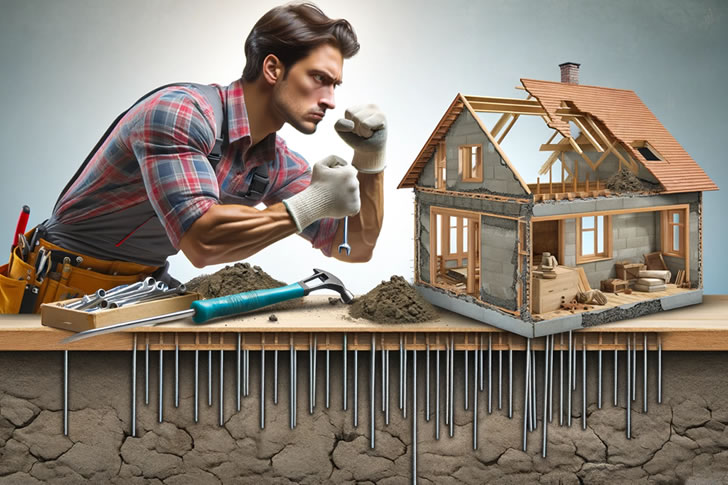
Maintaining your home's foundation is crucial. Here are tips and strategies for affordable foundation repair without compromising quality.
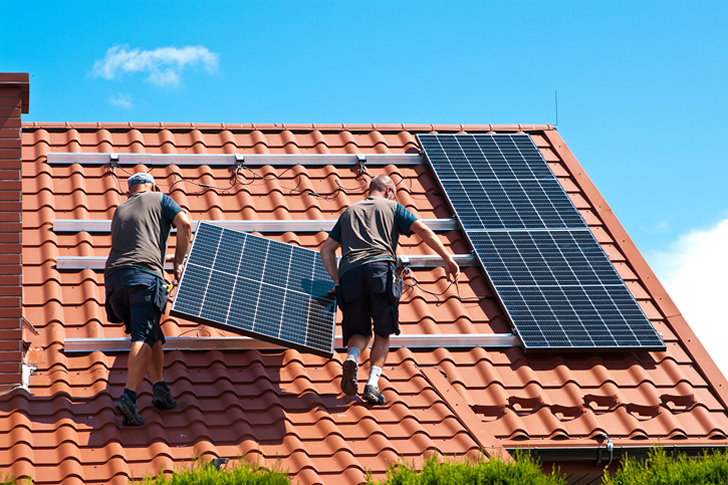
Transitioning to renewable energy with solar panels offers numerous benefits for homeowners. This guide provides essential tips and advice to make the journey smoother and more efficient.

Discover essential dental plans, good implants, and full mouth solutions for seniors on Medicare to ensure optimal oral health.
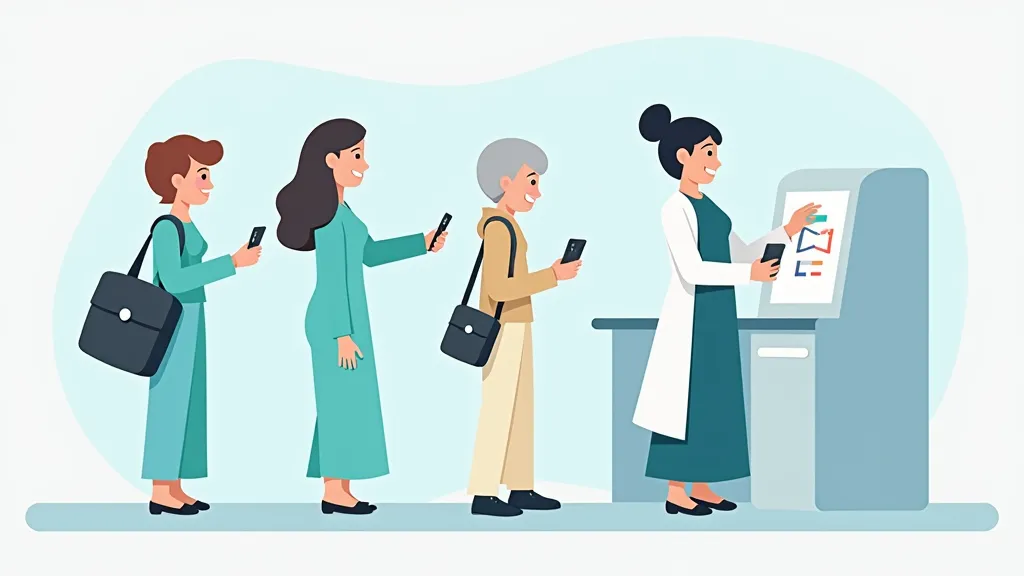
This article examines prepaid phone options, highlighting plans without monthly fees, smartphones for seniors, and public sector assistance programs for mobile services.

Maintaining independence while receiving home care is achievable with professional support. This guide provides advice and tips to balance autonomy and professional care effectively.

Discover affordable phone lines, unlimited data plans, and new phone options to enhance your connectivity without breaking the bank.
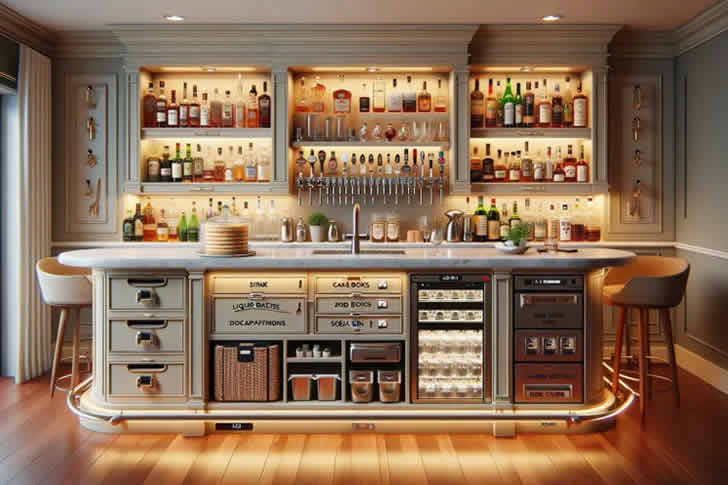
Creating the ideal home bar can elevate your entertaining experiences, offering convenience and style right at your fingertips.

Discover the latest 5G phones, their prices, and incredible cell phone offers without plans. Stay connected with the top deals available near you!